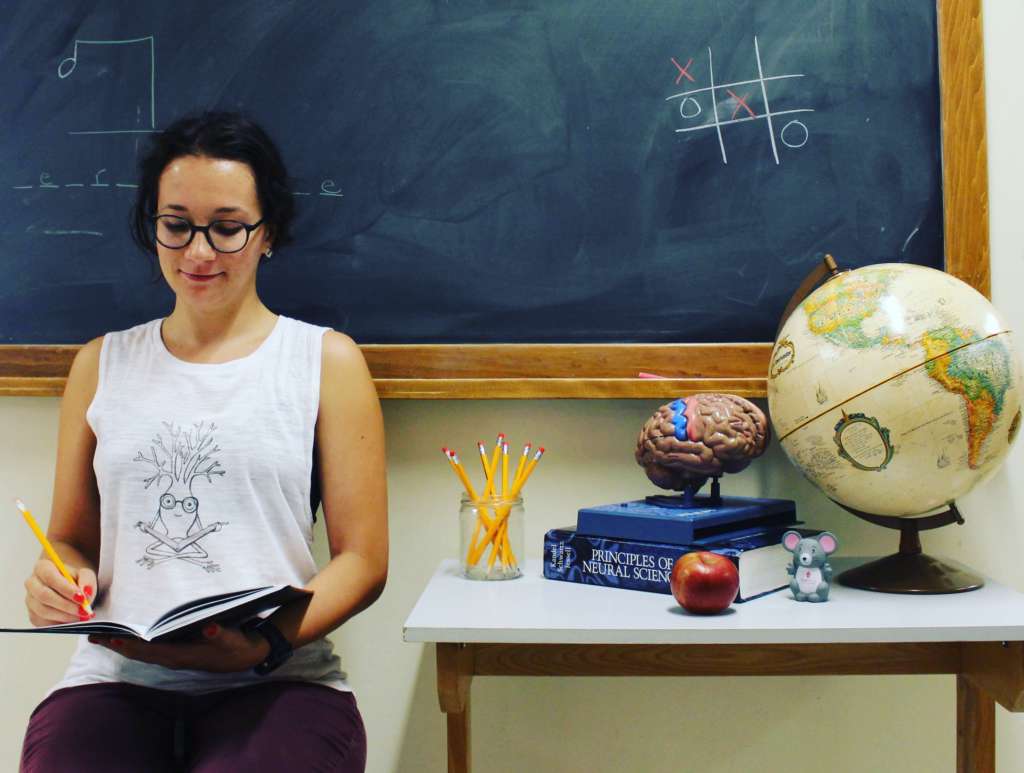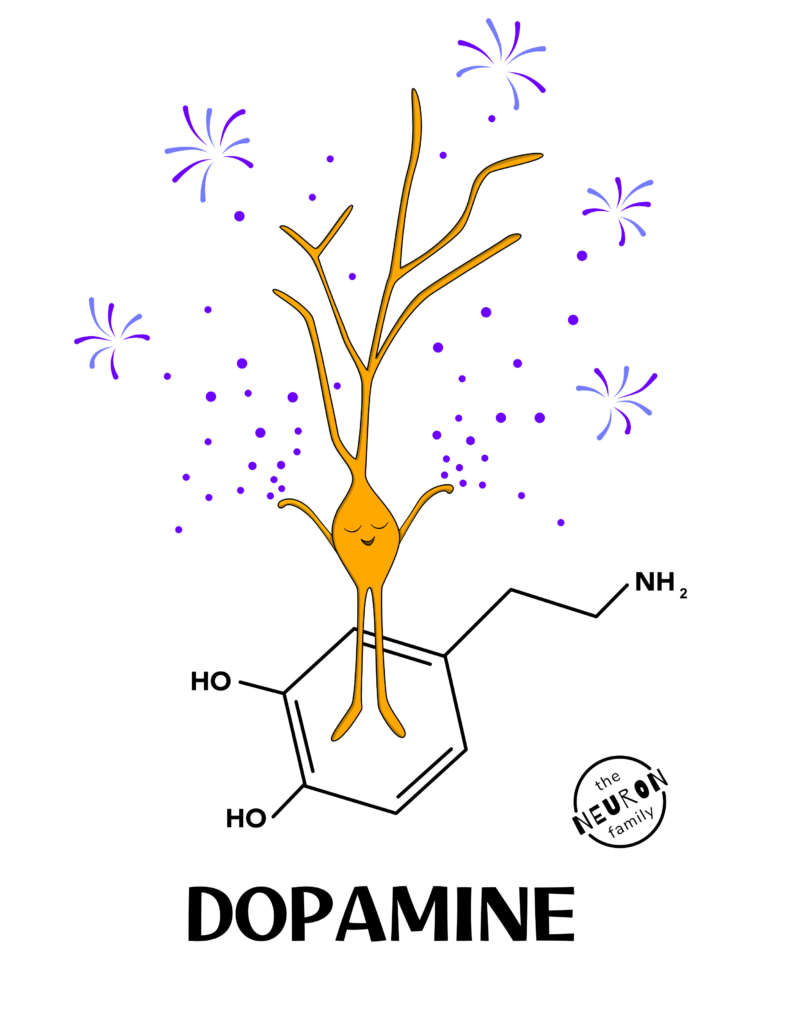Share This Article
We spoke with Maria Zamfir (Bucharest, Romania, 1991), the founding mother of The Neuron Family, a collection of cartoon neurons that she created to explain the diversity of cells involved in the different brain functions.
Maria is currently finishing her PhD in Neurosciences at McGill University in Montreal. She is a dynamic and highly creative woman, which has served as an inspiration to many other young investigators. For this reason, SciGlam wants to know more about the origins of her career as a graphic designer and science communicator.
SciGlam: When did the idea of The Neuron Family first came to your mind?
Maria Zamfir: The idea came to me in the first few years of my PhD, as I use to draw to take a break from my research. It didn’t quite turn out as a detachment from my research since I found myself drawing neurons!
As it reads on your website: “Let’s learn about neuroscience through cartoon neurons!”, you are committed to introduce neuroscience to a more general audience with this initiative.
Yes! At first my aim was just to make some nice neuron characters, but then I realized that once they are paired with a description that is educational and not too complex, the cartoons become more useful and even more beautiful.

You started this family with the Reading Neuron. Why this character?
Actually, the first pencil sketch was of “Happy Neuron”, but the “Reading Neuron” was the first one printed on a T-shirt. This neuron was requested by a friend whose son had just gotten new reading glasses. I realized at this point that I could make many different types of neurons and hoped that each person visiting my site would find at least one neuron that they felt connected to.
The Neuron Family has thousands of followers from all corners of the globe. Where do the different members of the family travel more often? Have you observed any trend in your shipping?
Originally, most of the orders came in from Canada and the US. Then we reached someone in Australia and parts of Europe. Now we have sold items to people throughout the world! But the most purchases still come from Canada and US. Some are researchers in neuroscience fields and other are interested in science, yoga, or meditation…
Managing a personal business while still focused on the thesis defense (the most important event of the scientific career) must be very challenging. What is your secret?
My secret starts with a tea and chocolate before I start a work session. I try to balance my time and do whichever task that I believe is manageable at the time. I also divide up my bigger tasks into 20 minute subtasks or “bite size” pieces. I am starting to write the thesis now, but sometimes writing the descriptions for my neuron characters can also be challenging. I believe my writing skills will be improved by the end of this year (laughs).
You have a 2-year-old boy, Max. Have you become more creative by interacting with him?
I created a design inspired by my son when he was 4 months old; “Developmental Neurons”, this shows a mommy radial glial cell carrying a baby neuron, which will eventually make it to its destined location.
We also draw together at a small table with his markers, and sometimes I do a rough sketch of a new neuron idea. I am sure he will be inspiring many more designs. It’s an amazing opportunity to see how young kids explore the world!
Could you anticipate our readers on your latest designs?
The “Dopamine Neuron” is the newest neuron! It’s modelled after a neuron located in the ventral tegmental area (VTA), which is part of the reward system of the brain. It provides dopamine to many other areas of the brain, including the prefrontal cortex (PFC) and the nucleus accumbens (NAc). Dopamine signaling from the VTA is important for reward processing. It is also thought to create the motivation necessary to accomplish tasks that end with a reward! These tasks include drinking water when thirsty, eating delicious food, and sexual intercourse.
Drugs such as opiates, nicotine and cocaine act by increasing dopamine signaling and confound the brain’s natural reward system.


